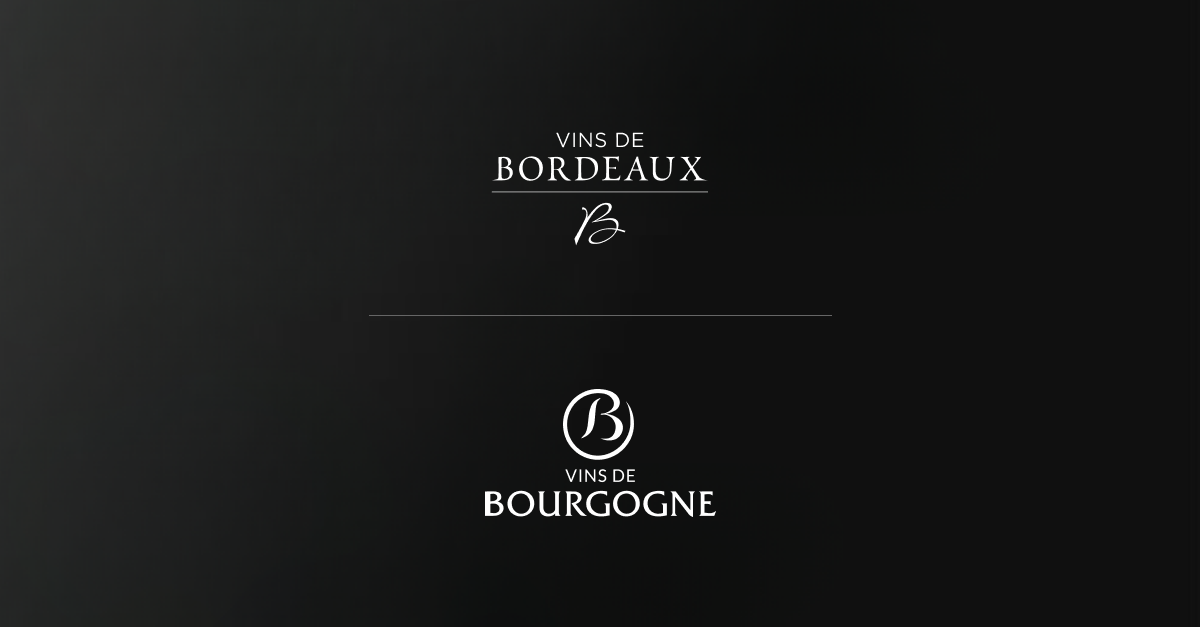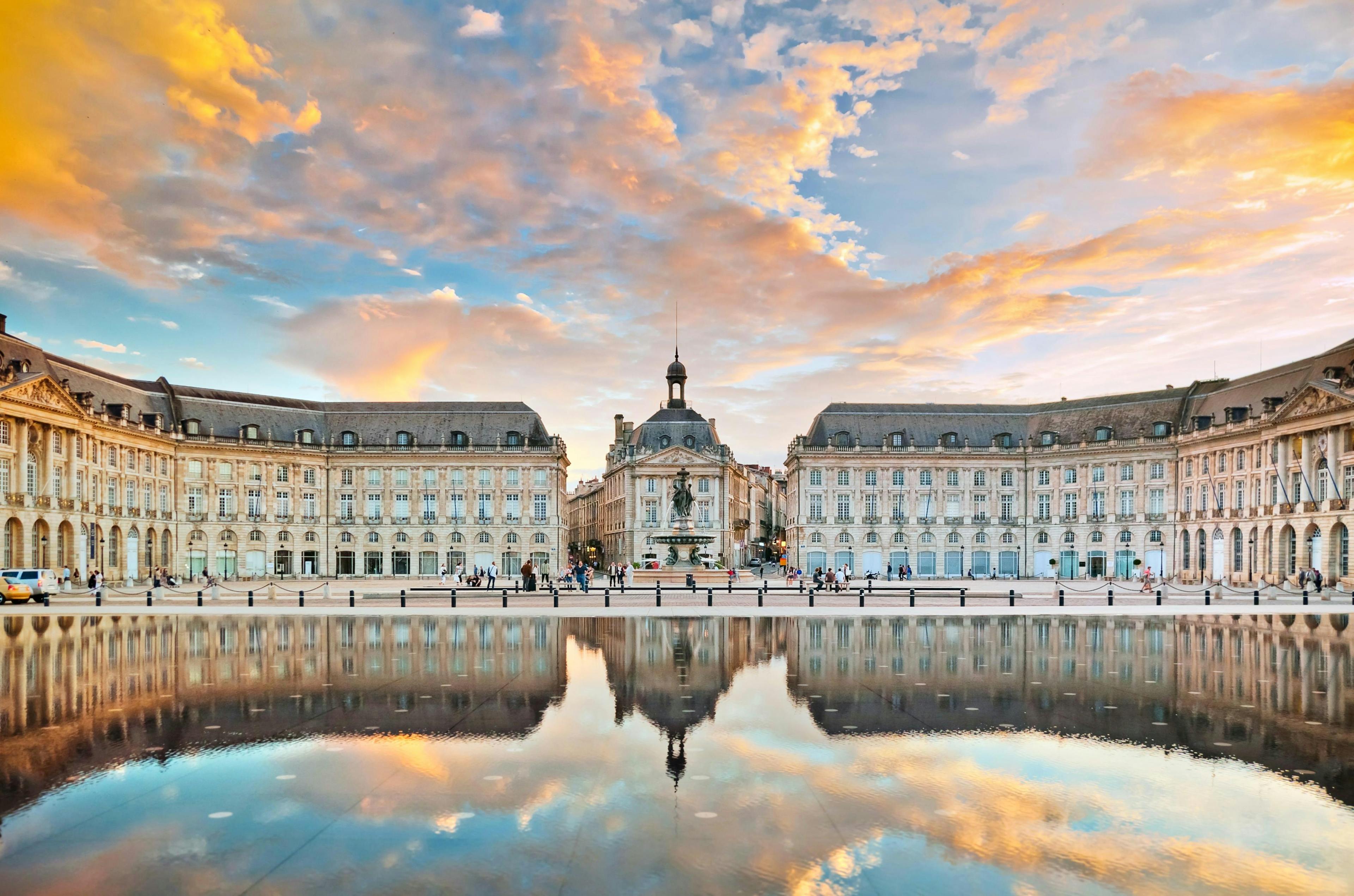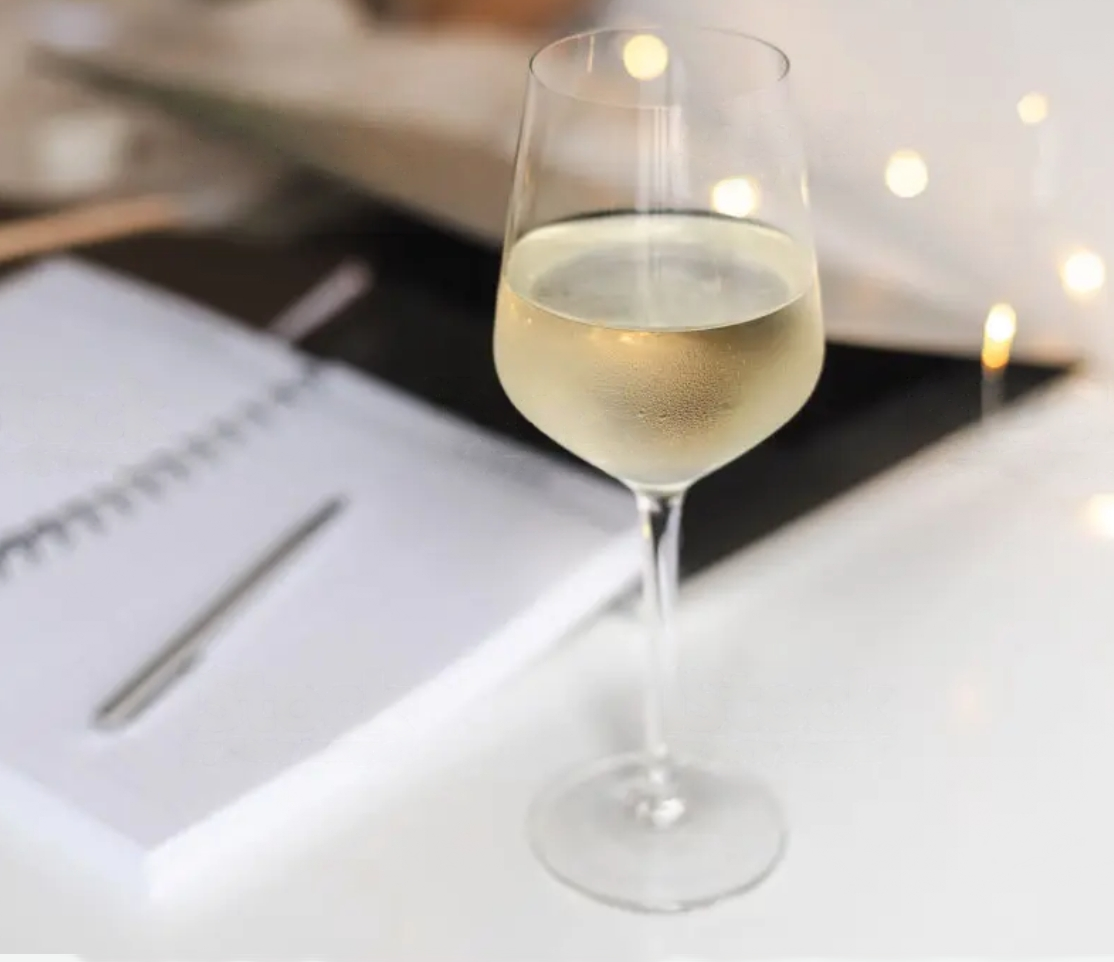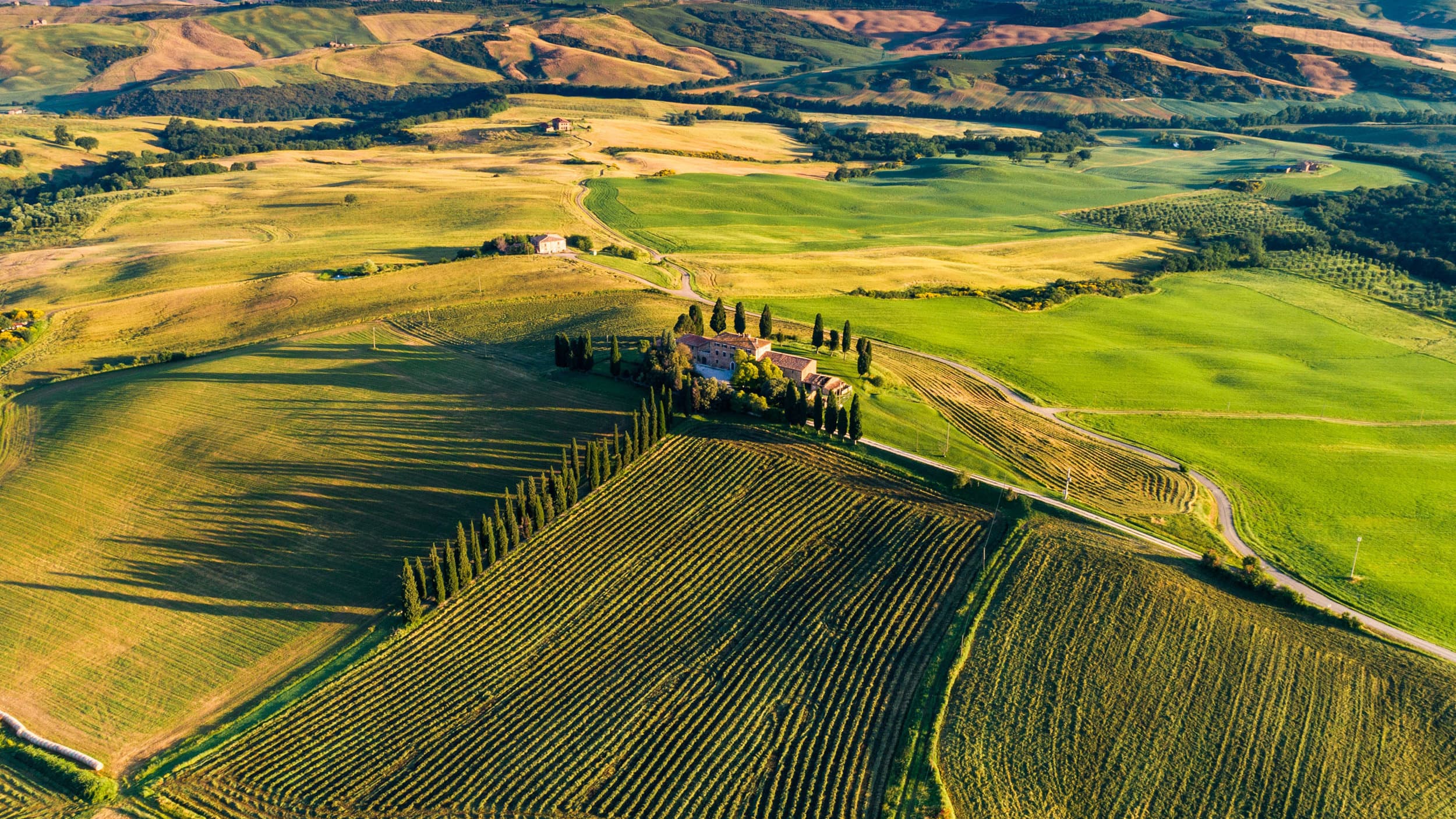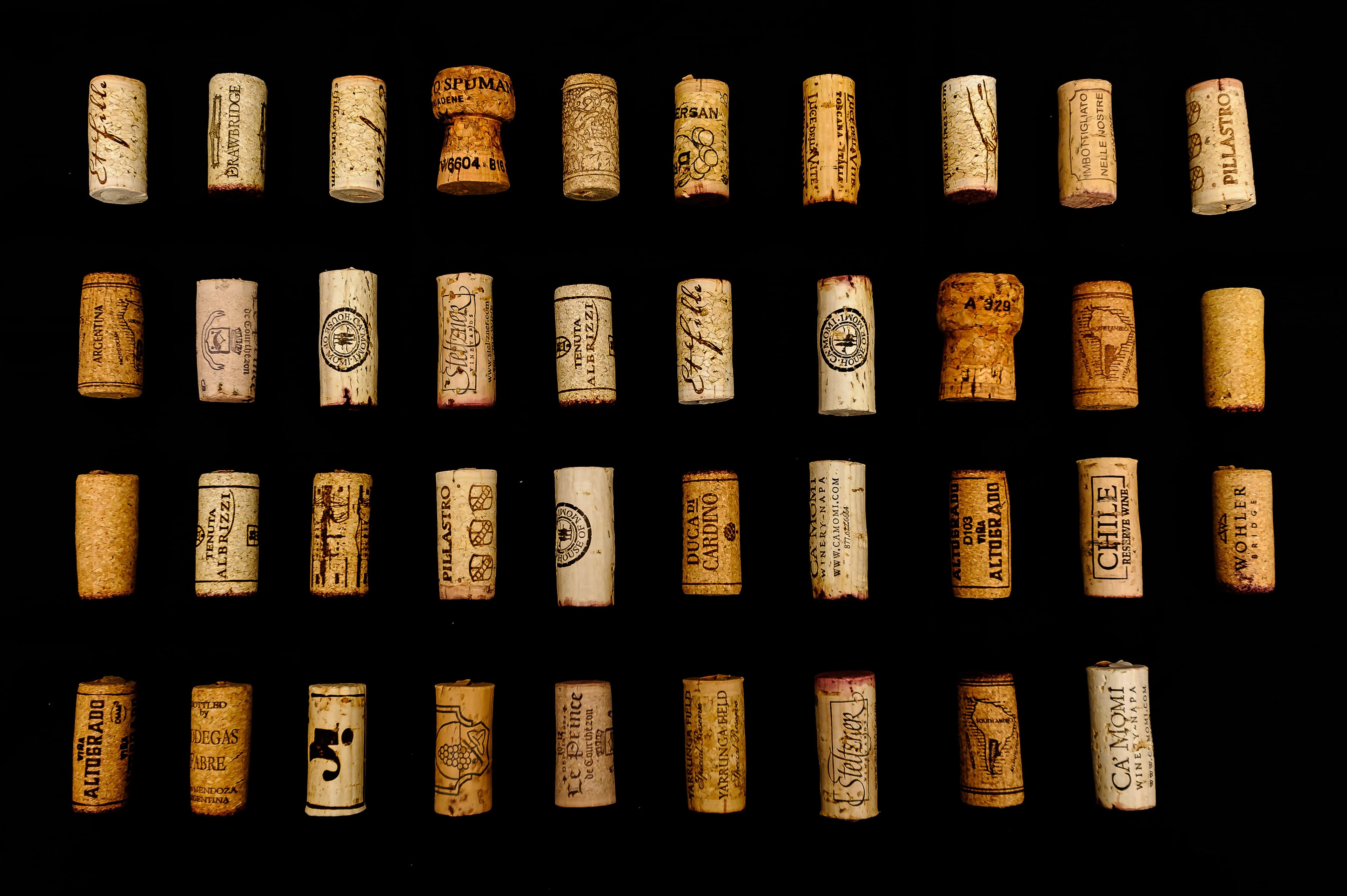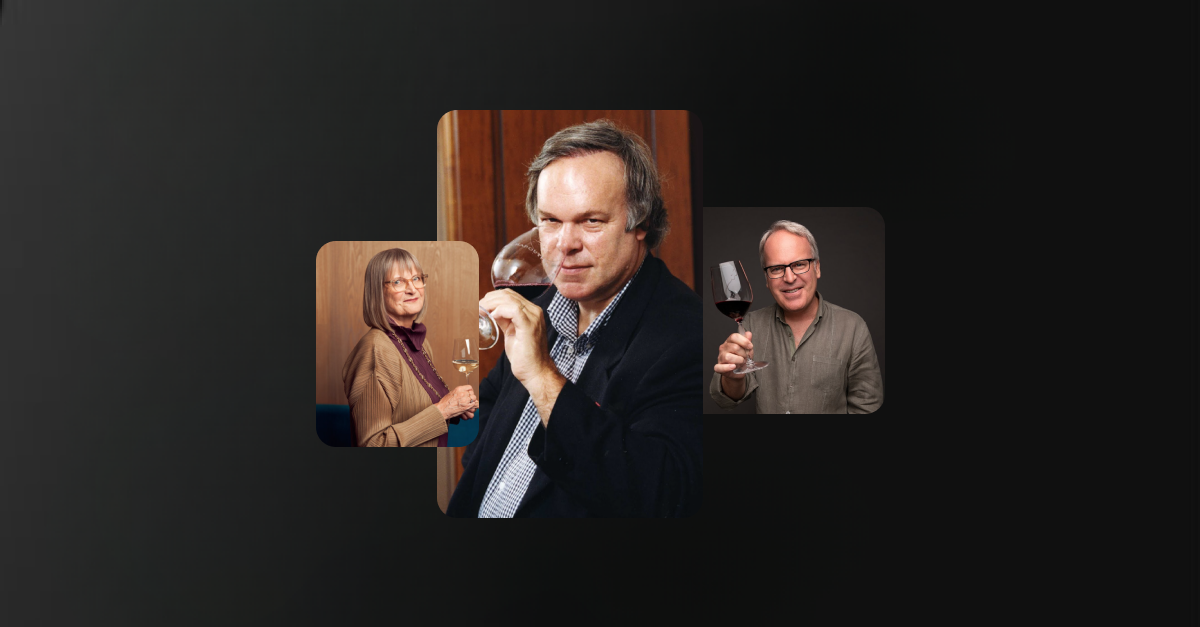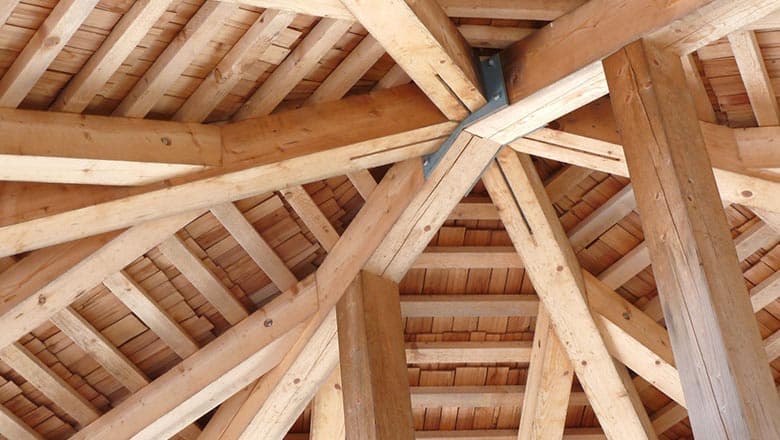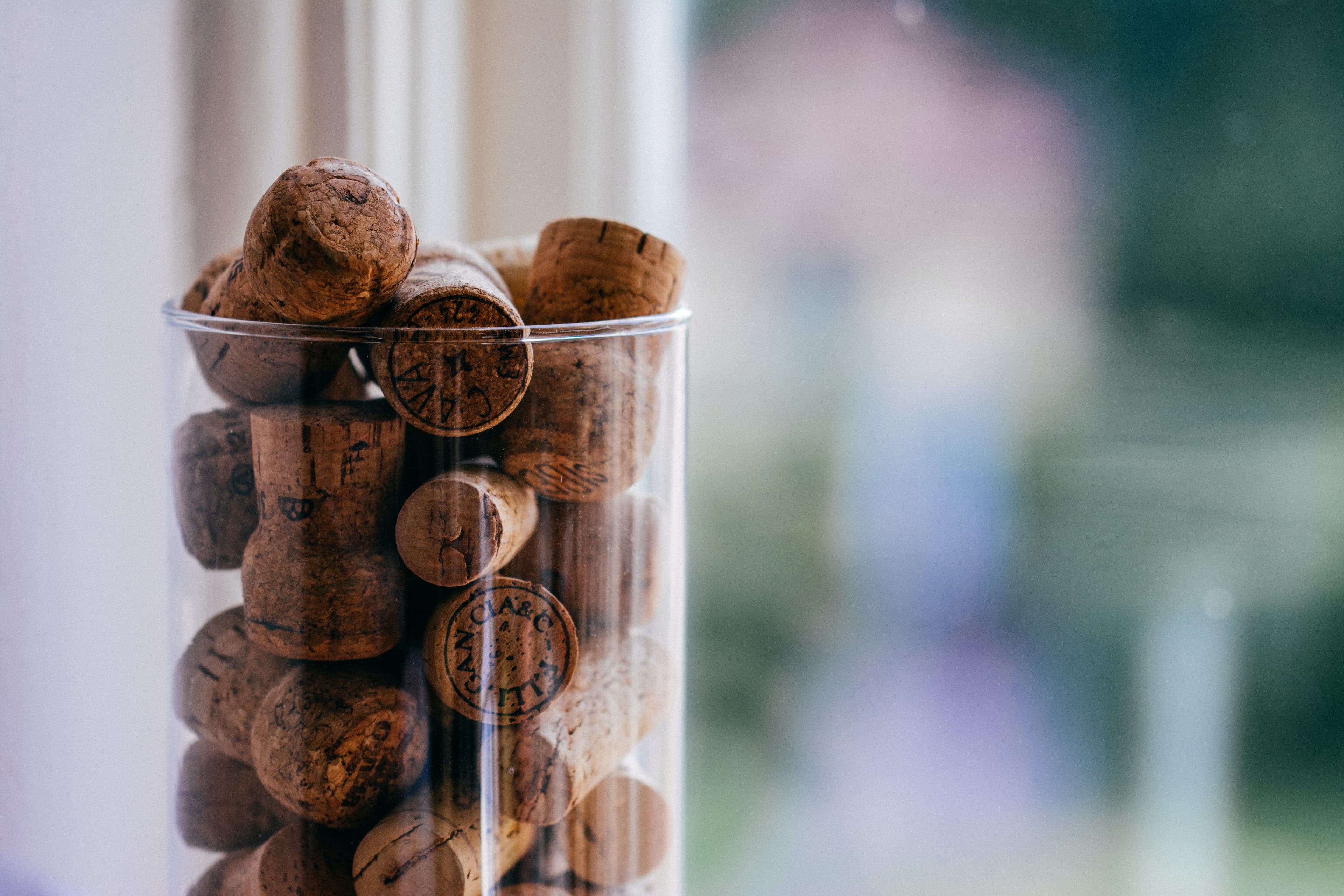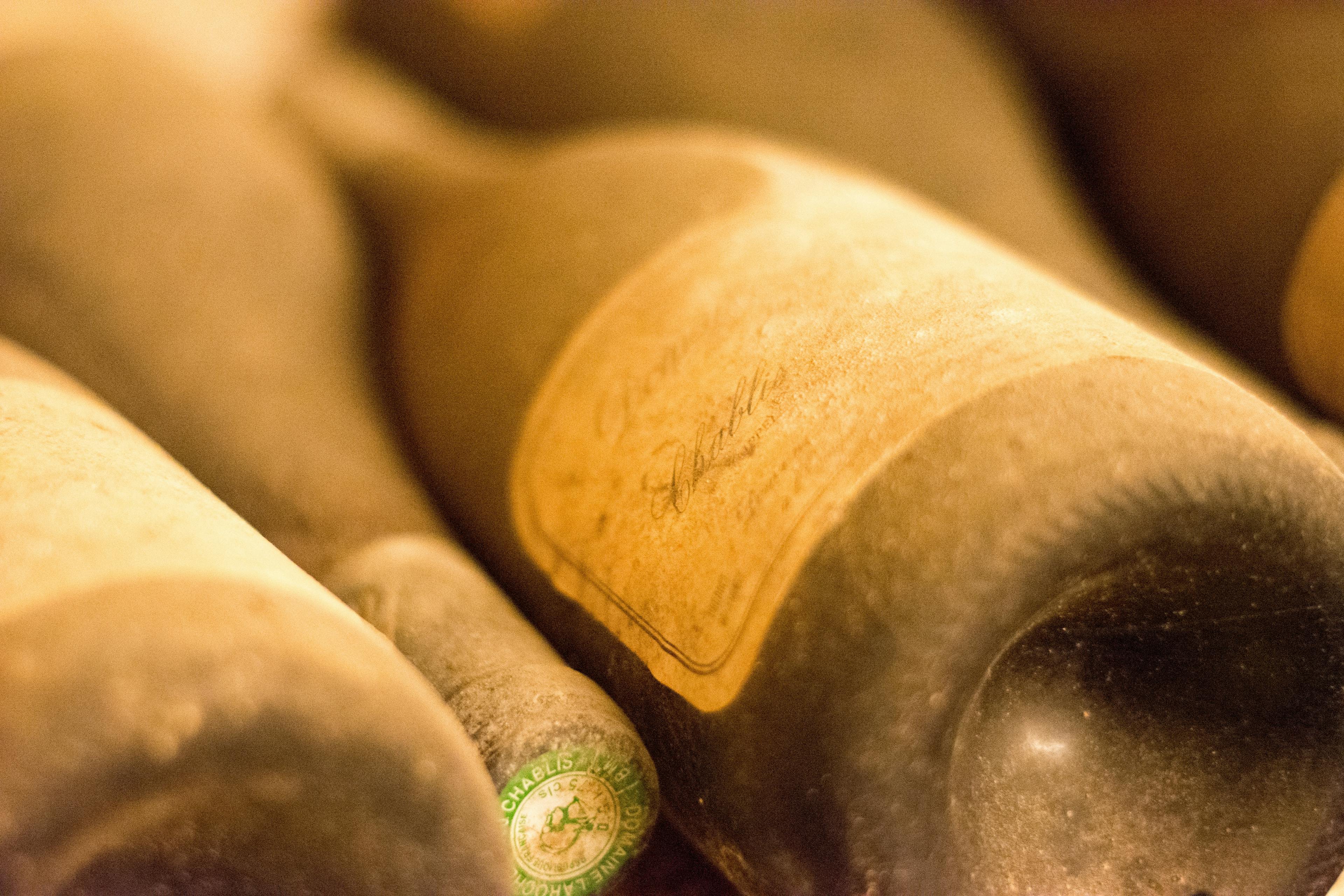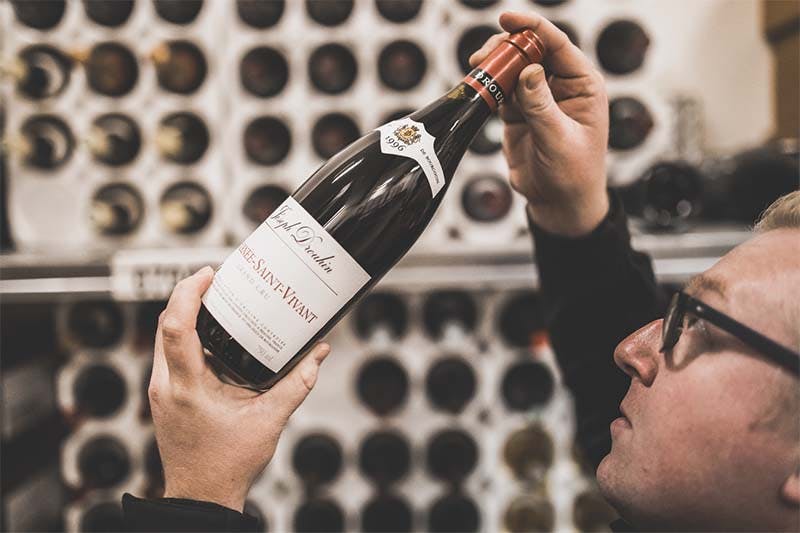
Serving Louis Roederer champagne correctly enhances its exquisite flavors and aromas, making every sip a celebration. This prestigious champagne, known for its complexity and elegance, deserves special attention when it comes to serving. Whether you're celebrating a special occasion or enjoying a quiet evening, knowing how to serve Louis Roederer can significantly elevate the experience. From selecting the right glassware to chilling it to the perfect temperature, this guide will walk you through the essential steps to enjoy Louis Roederer champagne at its best. Let's delve into the nuances of serving this iconic bubbly and ensure your next toast is as memorable as the champagne itself.
Choosing the Right Glassware for Louis Roederer
Selecting the appropriate glassware is crucial when serving Louis Roederer to fully appreciate its unique characteristics. The shape and quality of the glass can significantly influence the sensory experience, enhancing the aroma and flavor of this prestigious champagne.
Flute Glasses: Traditionally, flute glasses are recommended for champagne because their tall, narrow shape helps preserve the carbonation and directs the wine's aroma to the nose. This design is ideal for highlighting the delicate bubbles and complex aromas of Louis Roederer.
Tulip Glasses: A tulip glass, which has a wider bowl than a flute but narrows slightly at the top, is another excellent choice. It offers more room for the aromas to collect, enhancing the olfactory experience while still maintaining the effervescence.
White Wine Glasses: For those who prefer a more intense aromatic experience, a standard white wine glass can be a suitable alternative. Its broader bowl allows for a better release of Louis Roederer's aromatic compounds, making the tasting experience more immersive.
Each type of glassware has its merits, so the choice depends on personal preference and the specific qualities of the champagne being served.
Ideal Serving Temperature for Louis Roederer Champagne
When serving Louis Roederer Champagne, achieving the perfect temperature is crucial to fully appreciate its craftsmanship. Typically, the ideal range is between 8°C and 10°C (46°F to 50°F). This cooler temperature helps maintain the effervescence and sharpens the wine's crisp flavors, enhancing the overall tasting experience.
Chill Gradually: Avoid rapid chilling as it can shock the champagne, potentially altering its delicate flavors. Instead, place the bottle in the refrigerator for several hours before serving.
Use an Ice Bucket: If you need to cool the champagne quickly, use an ice bucket filled with ice and water. This method allows for a more even and gentle cooling of the bottle.
Avoid Freezing: Never place champagne in the freezer as it can ruin the pressure and integrity of the wine, leading to a less desirable taste and possibly causing the bottle to explode.
Serve in Proper Glassware: To maximize enjoyment, serve Louis Roederer in a tulip-shaped champagne flute which enhances the aroma and allows the bubbles to form beautifully.
The Importance of Proper Bottle Opening Technique
Opening a bottle of Louis Roederer requires precision and care to preserve its quality and taste. The technique used can significantly impact the champagne's effervescence and flavor. First, ensure the bottle is chilled to the ideal temperature, typically between 8°C and 10°C. This not only enhances the drinking experience but also reduces the risk of the cork popping unexpectedly.
Before opening, remove the foil and loosen the wire cage with a gentle twist. It is crucial to hold the cork firmly while twisting the bottle at the base. This method prevents the cork from flying off and potentially causing injury or spilling the champagne. Always point the bottle away from yourself and others during this process.
Properly opening the bottle helps maintain the integrity of the champagne, ensuring that each glass poured is as the winemaker intended. For more detailed guidance on how to store Louis Roederer and other handling tips, refer to specific storage instructions. This will extend the champagne's life and preserve its exquisite qualities.
Decanting Louis Roederer: Is It Necessary?
Decanting Louis Roederer, particularly its prestigious Cristal, often sparks debate among wine enthusiasts. Traditionally, decanting is reserved for older wines that need to separate from their sediment, or to aerate a wine, enhancing its aromas and flavors. However, Louis Roederer's champagnes, including Cristal, are known for their vibrant, precise character, which can be diminished by excessive exposure to air. Therefore, decanting is generally not necessary for these champagnes. Instead, focus on serving them at the right temperature, typically between 8°C and 10°C, to maximize their intricate flavors and delicate bubbles.
For those looking to elevate their experience, consider exploring food pairings that complement the unique profile of Louis Roederer. Here are a few suggestions:
Fresh oysters or other shellfish enhance the champagne's crispness.
A light, creamy brie balances the wine's acidity.
Smoked salmon brings out its layered complexity.
Simple canapés can highlight its refined elegance.
Finally, a fruit-based dessert, like a tart, can underscore the champagne's subtle sweetness.
How Long to Chill Louis Roederer Before Serving
Chilling Louis Roederer to the perfect temperature is crucial for optimizing its taste. Typically, the ideal serving temperature for Louis Roederer, particularly the Brut Premier or Cristal, ranges between 8°C and 10°C (46°F to 50°F). Achieving this temperature ensures that the champagne's intricate flavors and delicate bubbles are preserved, enhancing the overall drinking experience.
Start Chilling Early: Place your bottle of Louis Roederer in the refrigerator at least 3 to 4 hours before serving. This gradual cooling allows the champagne to reach the desired temperature uniformly.
Use an Ice Bucket: If you need to chill the champagne more quickly, an ice bucket filled with ice and water can cool the bottle in about 30 minutes. This method is effective but should be monitored to avoid over-chilling.
Avoid Freezing: Never place Louis Roederer in the freezer as a method to speed up chilling. This can alter the pressure and potentially cause the bottle to explode, which would ruin the structural integrity and flavor profile of the champagne.
By following these guidelines, you ensure that each glass of Louis Roederer is served at an optimal temperature, making every sip a refined pleasure.
Using a Champagne Stopper to Preserve Bubbles
Using a champagne stopper effectively can significantly extend the life of your Louis Roederer by preserving its essential bubbles. Once opened, the effervescence of champagne begins to fade, but a high-quality stopper can slow this process. It's crucial to ensure the stopper is securely fastened to maintain internal pressure, which keeps the carbonation in check.
Champagne stoppers are specifically designed to fit the unique shape of champagne bottles, which are under more pressure than standard wine bottles. Here are some tips for using a champagne stopper:
Immediately after pouring your glasses, place the stopper on the bottle. This minimizes the time the champagne is exposed to air.
Press the stopper down firmly until you hear a click or feel it lock into place. This indicates a secure seal.
Store the champagne upright in a refrigerator to keep it cool and further preserve the bubbles.
For those interested in the deeper history of Louis Roederer and how these practices evolved, exploring the origins and innovations of this esteemed brand can provide fascinating insights.
The Role of Serving Order in Tasting Sessions
When hosting a tasting session featuring Louis Roederer, the sequence in which you serve the popular vintages can significantly influence the guests' perception and enjoyment. Proper serving order ensures that each vintage is appreciated for its unique qualities and that the palate is not overwhelmed by stronger flavors too early in the session. Here are some guidelines to optimize the experience:
Start with the lightest champagnes. These are typically younger or have a more delicate flavor profile, setting a baseline for the tasting.
Progress to more complex or aged vintages. This allows the tasters to appreciate the evolution in depth and complexity that comes with aging.
Introduce rosé champagnes after lighter whites. Their slightly robust nature and fruity undertones provide a nice transition before moving to the richest cuvées.
Conclude with the most full-bodied and mature champagnes. These are often the highlight of the session, leaving a lasting impression with their bold, intricate flavors.
By carefully planning the serving order, you ensure that each Louis Roederer vintage is showcased at its best, making the tasting both educational and enjoyable.
Tips for Pouring Louis Roederer to Preserve Carbonation
Pouring Louis Roederer champagne correctly is crucial to maintaining its exquisite effervescence and delicate flavor profile. To ensure that the carbonation is preserved, start by chilling the bottle to the ideal temperature, typically between 8°C and 10°C. This temperature range helps maintain the integrity of the bubbles and the overall sensory experience.
When ready to pour, tilt the glass at a 45-degree angle and gently pour the champagne along the side. This technique allows the liquid to slide into the glass, reducing the impact and preserving the bubbles that make Louis Roederer so special. Fill the glass only about two-thirds full to allow the aromas to develop and prevent the champagne from warming too quickly.
Additionally, using the right glassware is essential. Opt for a tulip-shaped champagne flute which enhances the release of aromas while also supporting a lively bead of bubbles. Avoid swirling the champagne once poured, as this can cause it to go flat faster.
For more insights and facts about Louis Roederer, exploring its rich history and production methods can further enhance your appreciation and serving technique.
How to Handle Large Format Bottles of Louis Roederer
Handling large format bottles of Louis Roederer, such as magnums or jeroboams, requires special attention to ensure the quality and taste are preserved. These bottles are not only impressive in size but also in their ability to age champagne more gracefully, providing a unique experience when opened.
Firstly, it is crucial to store these bottles in a cool, dark place away from vibrations. The ideal storage temperature is between 10°C and 12°C. Due to their size, ensure the storage area can accommodate the bottle's height and weight securely.
When preparing to serve, allow the bottle to settle after moving it to avoid disturbing the sediment. This is particularly important for older vintages. Cooling the bottle to the right serving temperature, typically around 8°C to 10°C, enhances the champagne’s flavors and effervescence.
During serving, use a proper champagne bucket to keep the bottle chilled. Pour slowly and steadily to control the flow and prevent excessive bubbling. Larger bottles may require a two-person approach—one to hold the bottle and another to pour.
For those enjoying Louis Roederer from large formats, these steps ensure every glass is as memorable as the last.
Serving Louis Roederer at Formal Events
When serving Louis Roederer at formal events, it's essential to ensure that every detail is meticulously planned to enhance the experience. Here are some key considerations:
Temperature: Serve Louis Roederer Champagne at approximately 8-10°C. This temperature range highlights its vibrant acidity and rich bouquet. Use a proper ice bucket filled with water and ice to maintain this ideal temperature throughout the event.
Glassware: Opt for high-quality crystal flutes. These glasses are designed to enhance the fine bubbles and aroma of the champagne, making each sip a luxurious experience.
Pouring: Begin by tilting the glass at a 45-degree angle. Pour the champagne slowly to prevent excessive bubbling, preserving its elegant mousse and delicate effervescence.
Presentation: Champagne should be presented gracefully. A well-dressed server or sommelier can add to the exclusivity of the event, making guests feel valued.
Timing: Introduce Louis Roederer during a toast or at the beginning of the reception. This timing allows guests to savor the champagne's complexity as their palate is still fresh.
By adhering to these guidelines, Louis Roederer's prestigious qualities are showcased, ensuring a memorable and sophisticated addition to any formal gathering.
Conclusion
In conclusion, serving Louis Roederer Champagne correctly enhances the tasting experience, showcasing the depth and complexity of this prestigious bubbly. From chilling the bottle to the ideal temperature of 8-10°C, to using the right glassware that allows the aromas and flavors to fully unfold, each step is crucial in honoring the tradition and craftsmanship of Louis Roederer. Remember, the way you serve this exquisite champagne can significantly influence its enjoyment, making every sip a testament to its storied heritage.
For those who appreciate the finer things in life, Rekolt offers a seamless solution that extends beyond just enjoying a glass of Louis Roederer at home. Our fine wine marketplace not only provides access to top-tier wines but also includes options for professional storage and easy trading. This service ensures that your investment in quality wines like Louis Roederer is preserved under optimal conditions, enhancing its potential resale value and enjoyment for years to come. Whether you're a seasoned collector or a new enthusiast, Rekolt empowers you to manage your wine portfolio with confidence and ease, making it simpler than ever to indulge in the luxury of fine wines.
Share this article
